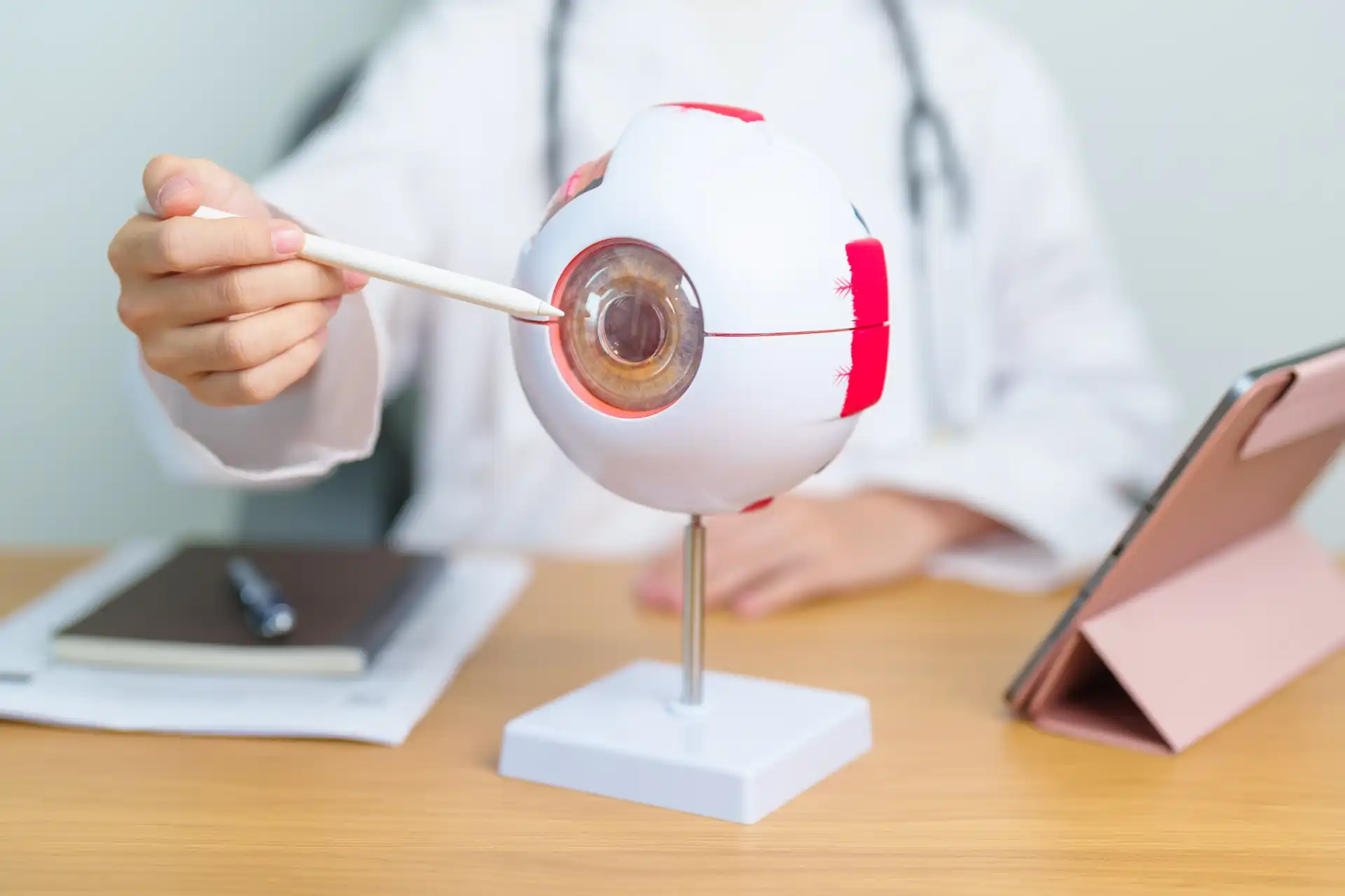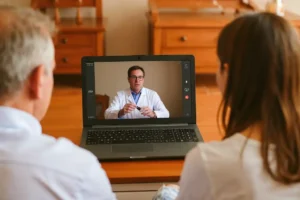Understanding and Treating This Common Vision Condition
Amblyopia, commonly known as lazy eye, is a vision development disorder where one eye fails to achieve normal visual acuity, even with prescription glasses or contact lenses. It is the most common cause of visual impairment in children, but early diagnosis and treatment can significantly improve outcomes.
This guide explores what amblyopia is, its causes, symptoms, and the available treatment options.
What Is Amblyopia?
Amblyopia occurs when the brain and one eye don’t work together properly. Instead of processing images from both eyes, the brain favors the stronger eye and suppresses signals from the weaker one. Over time, the unused or underused eye’s vision deteriorates.
What Causes Amblyopia?
Amblyopia can result from various underlying conditions that affect normal visual development:
1. Strabismus (Misaligned Eyes)
- The most common cause of amblyopia.
- One eye turns inward, outward, upward, or downward, causing the brain to ignore input from the misaligned eye to avoid double vision.
2. Refractive Amblyopia (Unequal Refractive Error)
- Significant differences in prescription between the two eyes, such as nearsightedness, farsightedness, or astigmatism, can lead the brain to favor the clearer eye.
3. Deprivation Amblyopia (Obstruction of Vision)
- A condition such as cataracts, droopy eyelids, or a similar issue prevents light from entering the eye, impairing vision development.
Who Is at Risk for Amblyopia?
Amblyopia typically develops in early childhood. Risk factors include:
- A family history of amblyopia, strabismus, or other eye conditions.
- Premature birth or low birth weight.
- Developmental delays or neurological conditions.
Symptoms of Amblyopia
Amblyopia can be challenging to detect, especially in children, as they may not realize there’s an issue. Common symptoms include:
- Poor depth perception.
- Frequent squinting or closing one eye.
- Tilting the head to see better.
- Noticeable eye misalignment (strabismus).
- Difficulty with tasks requiring precise vision, such as reading or catching a ball.
Diagnosing Amblyopia
Amblyopia is diagnosed through a comprehensive eye exam, which may include:
- Visual Acuity Test: Measures the clarity of vision in each eye.
- Refraction Test: Checks for refractive errors like nearsightedness or farsightedness.
- Alignment and Eye Movement Tests: Evaluates how well the eyes work together.
- Dilated Eye Exam: Checks for structural abnormalities like cataracts.
Treatment Options for Amblyopia
Early intervention is key to successfully treating amblyopia. Treatment focuses on strengthening the weaker eye and improving coordination between the eyes.
1. Corrective Eyewear
- Glasses or contact lenses can correct refractive errors and help balance vision between the eyes.
2. Patching Therapy
- A patch is placed over the stronger eye to force the brain to use the weaker eye, encouraging improved vision.
- Worn for a few hours a day, depending on the severity of amblyopia.
3. Atropine Drops
- Blurs vision in the stronger eye, similar to patching, to encourage the weaker eye’s use.
- Often used for children who resist wearing an eye patch.
4. Vision Therapy
- Eye exercises and activities designed to improve visual skills, coordination, and focus.
- May include activities on a computer or with specialized equipment.
5. Surgery
- In cases of strabismus or droopy eyelids, surgery may be required to correct the underlying issue.
- Surgery is typically combined with other treatments like patching or vision therapy.
Prognosis and Long-Term Outlook
- Early Treatment: When amblyopia is treated in early childhood (usually before age 7), the prognosis is excellent, and normal vision can often be restored.
- Delayed Treatment: Treatment becomes less effective as the brain’s visual pathways mature, typically around age 8-10. However, improvements can still be made in older children and even adults.
Preventing Amblyopia
- Routine Eye Exams: Regular check-ups starting at six months of age can help detect amblyopia early.
- Address Risk Factors: Monitor and address strabismus, refractive errors, or any signs of visual impairment promptly.
- Follow Treatment Plans: Consistency with treatments like patching or vision therapy is crucial for success.
FAQs About Amblyopia
Q: Can amblyopia be treated in adults?
A: While treatment is most effective in children, adults can still benefit from therapies designed to improve vision and eye coordination.
Q: How long does treatment take?
A: The duration of treatment varies depending on the severity of the amblyopia and the age of the patient. Some children see improvement in weeks, while others may need months or years.
Q: Does amblyopia cause permanent vision loss?
A: If left untreated, amblyopia can lead to permanent vision impairment in the weaker eye. Early diagnosis and treatment significantly reduce this risk.
Conclusion: Early Action for Lifelong Vision
Amblyopia, or lazy eye, is a treatable condition that can greatly improve with early detection and intervention. By addressing the underlying causes and following a tailored treatment plan, children and even adults can achieve better vision and quality of life.
At Bridgemill Eyecare, we’re dedicated to providing comprehensive care for conditions like amblyopia. Schedule an eye exam today to ensure your or your child’s vision is on the right track for lifelong success.




